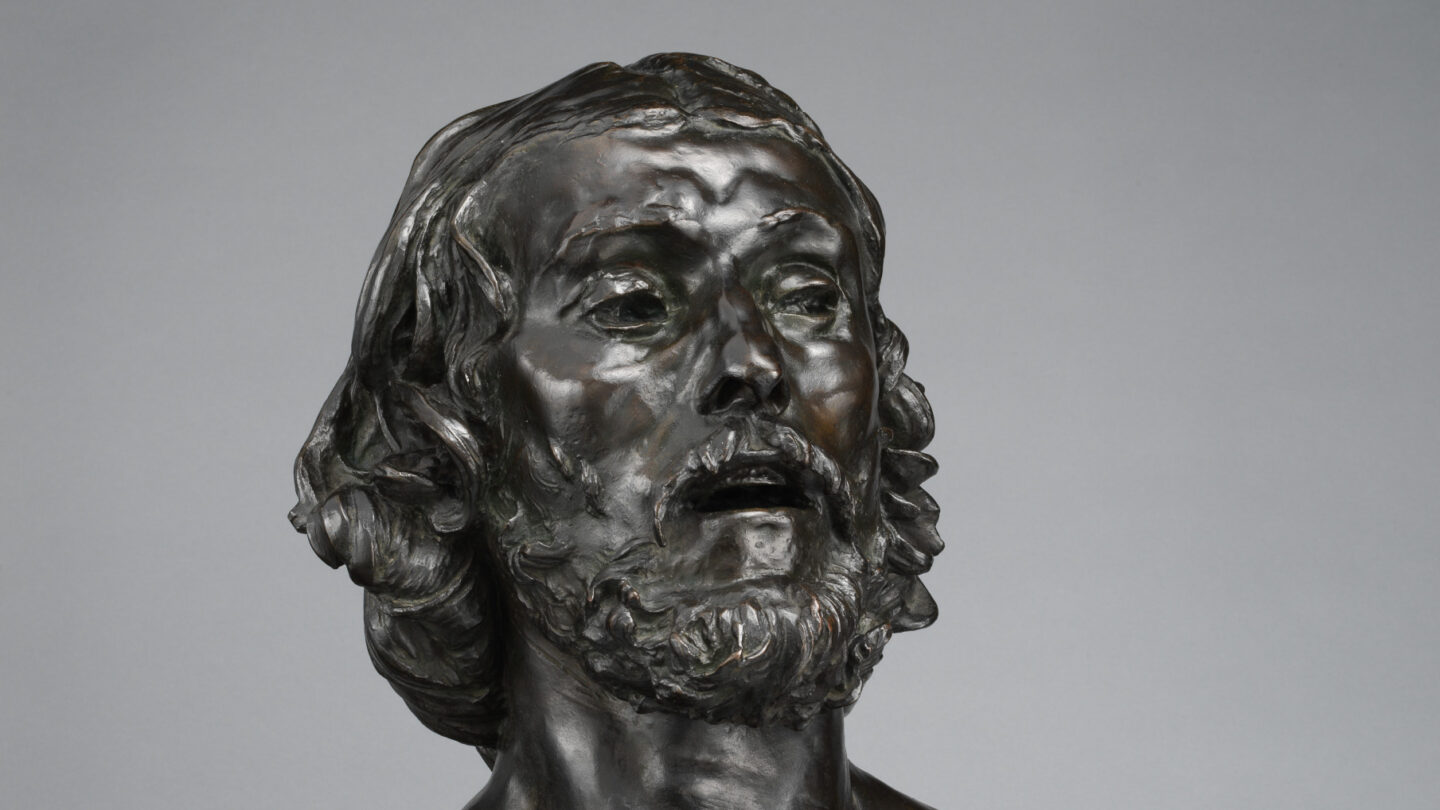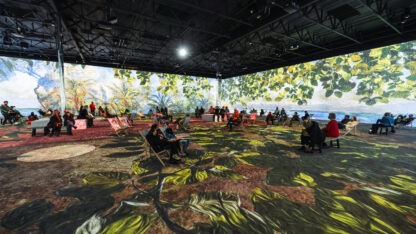Master French sculptor Auguste Rodin's work on view at the High Museum

The iconic sculpture “The Thinker” may well be one of the most recognizable works of art in history, but its creator, Auguste Rodin, was received with decades of ambivalence by American art critics until well into the 20th century.
The sculptor’s body of work “Rodin in the United States: Confronting the Modern” will be on view at the High Museum from Oct. 21 – Jan.15. High Museum curator Claudia Einecke joined “City Lights” host Lois Reitzes via Zoom to talk more about the Rodin collection.
Interview highlights:
Ways Rodin crossed beyond the boundaries of traditional sculpture:
“He really pushed against and went beyond the traditional understanding of what a sculpture is, how it should look, what material should be used,” said Einecke. “For me, the most interesting and exciting step that he took is that he would take a complete human figure … and well, this sounds gruesome — dismember it. I mean the sculpture, of course. Take it apart. You might have a figure of Saint John the Baptist preaching in the desert, and he would just take the head off and maybe the arms as well, and would just be left with a sculpture that is a torso with legs, and it would still contain and express completely the emotion and the dynamism and the energy of the original figure.”
“[In mid-19th century France] abstraction didn’t exist yet, wasn’t practiced yet; where indeed, a figure would be very naturalistic and recognizable, would be properly proportioned, but the expression and the meaning of a figure would be expressed by certain attributes, and figures might be allegorical,” Einecke explained. “So, if you have the figure of Justice, she would be depicted with the scales of justice that we know … a very classical and academic idea of the human figure. And Rodin, early on, worked very much in that tradition as well. But he very quickly did completely different and new things, and things that not everybody was happy with right away.”
How art critics and collectors changed their tune on Rodin:
“If you think about postwar art … artists really pushed against traditional academic understanding, and … deliberately were provocative and challenged all the expectations that had really been dominant in the history of art for quite a while,” said Einecke. “Critics, at the same time, they championed precisely this innovation and this breaking boundaries that we nowadays certainly still connect with the idea of contemporary art … Then, when in the 1950s curators and critics looked at Rodin, they in fact started looking precisely at this aspect in his work. Not only the erotic, but also this attitude of destroying, as it were, the full human form, which had been sacrosanct for so long.”
The lesser-known larger construction of which Rodin’s famous “The Thinker” was just a part:
“‘The Gates of Hell,’ which occupied Rodin for basically 30 years, [was] never completed to his satisfaction,” Einecke said. “He was commissioned to make a sculpted portal for a Museum of Decorative Arts, which was planned, but which never was built, and so he designed these huge double doors, and they’re encrusted, teeming with hundreds of different figures, and the theme of the whole composition was Dante’s ‘Inferno.'”
She went on, “One of the figures that was supposed to be sort of at the doorway, was ‘The Thinker’ as we know of today. And he was really supposed to represent the poet from whose imagination and creativity all the other figures on the doors basically were born. Then when Rodin gave up on finishing the doors, he took many of the figures from the doors, and transformed them into freestanding individual figures. So ‘The Shade,’ which is on the doors, became a single figure. ‘The Thinker’ became a separate figure. ‘Adam,’ ‘Eve,’ lots and lots and lots of them, several of which are in the exhibition as well.”
The exhibition “Rodin in the United States: Confronting the Modern” is on view at the High Museum opens Oct. 21 and continues through Jan. 15. More information is available at high.org/exhibition/rodin-in-the-united-states-confronting-the-modern.








